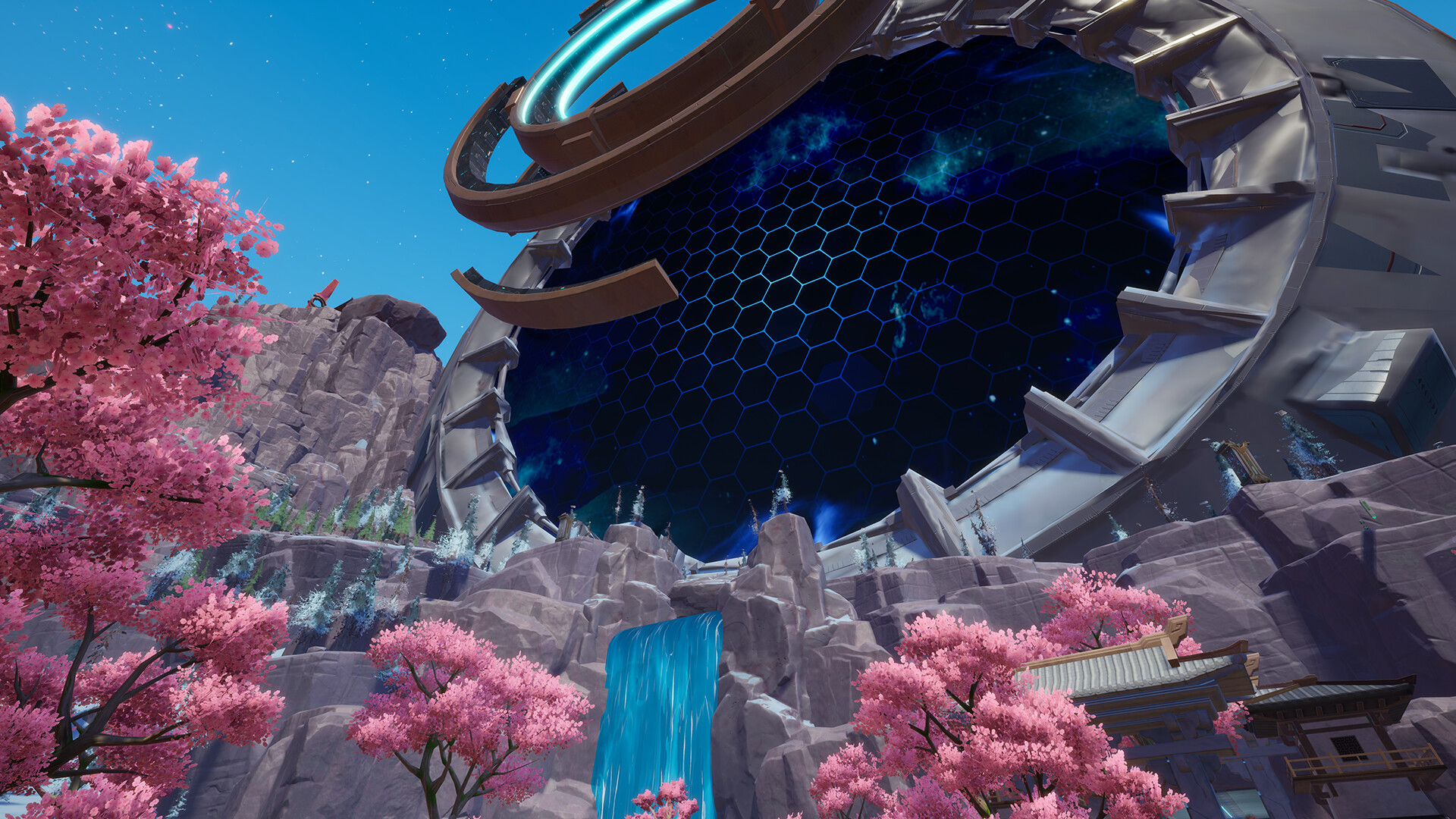Sequence Breach Protocol
Every step in Tower of Fantasy initiates a system-level trial—first, the dive into instability, where you’re dropped into broken vaults or malfunctioning test zones coded with corrupted routines and embedded failure. Nothing here plays fair. Terrain reconfigures in real time, digital sand pulling at your boots, and before your weapon calibrates, rogue subroutines have already begun tracking you. Then comes the invisible threat—signal-triggered traps nested beneath fractured alloy, cloaked operatives flickering just outside vision range, and energy constructs that phase into existence the moment you turn away. Your heartbeat becomes your warning system as you stagger into the next layer: desync. Landmarks blur. Paths loop. Recognition fades. And the deeper you push, the more your senses become liabilities. If you're still moving—limping, sparking, resisting—you enter the final protocol: the return. Not victory. Just escape. You drag corrupted code through damaged gear, memory drift, and a looping sense of failure that won’t leave your feed. There are no med zones. No cooldowns. No safe shell. The simulation behind you recalibrates—and it wants your return data. To master this breach isn’t to conquer—it’s to outlast. To teach your body to react when logic crashes. To detect death in frame drops and ambient noise. To fight like your system integrity depends on every frame. Because here, there’s no adventure. Only ritualized survival, looped until even deletion feels merciful.
Enter the System’s Shadow Protocol